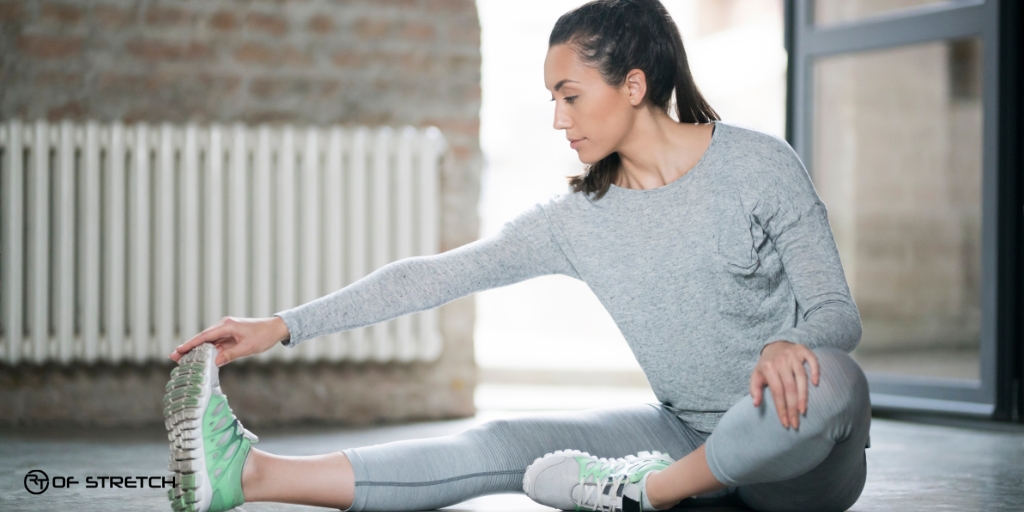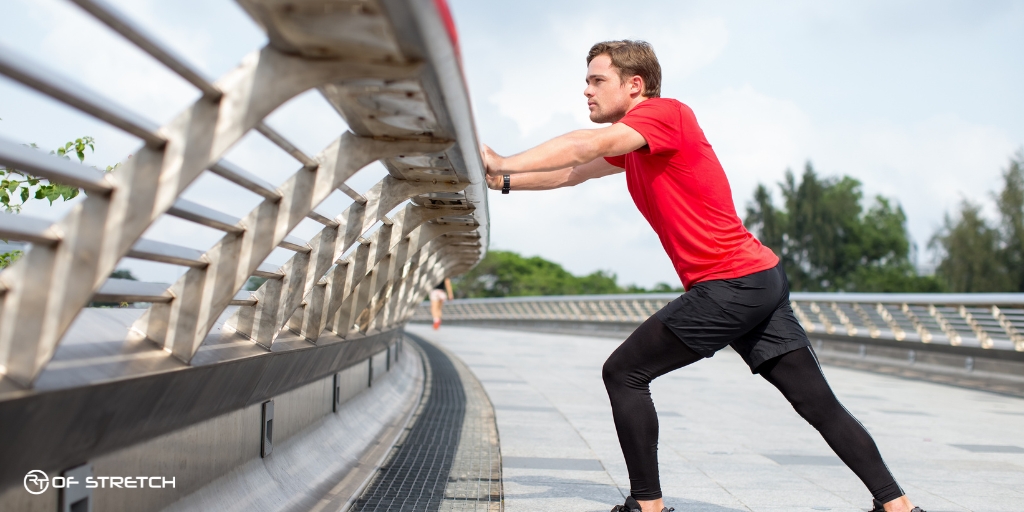Top 10 Stretches for Athletes
Athletes often deal with tight muscles, limited range of motion, and the risk of injuries. Stretching is a simple way to combat these challenges while improving performance. Studies show that regular stretching reduces muscle tension, increases blood flow, and boosts flexibility. These benefits are essential for athletes of all levels, whether you’re a runner, swimmer, or basketball player.
Incorporating the right stretches into your routine can make a big difference. Below, we explore 10 effective stretches for athletes designed to target key muscle groups. These moves can help you feel more mobile, recover faster, and perform at your best.
What Are the Best Stretches for Athletes?
If you’re wondering what the best stretches for athletes are, this guide has you covered. From the Runner’s Lunge to the Seated Hamstring Stretch, each move targets specific muscle groups to improve flexibility and performance. These stretches are essential for staying limber, recovering faster, and avoiding injuries.
1. Runner’s Lunge
This stretch works the hamstrings, glutes, and hip flexors—muscles often tight in athletes.
How to do it: Step one foot forward into a lunge position. Place your hands on the floor for balance and press your hips downward.
Benefits: It helps loosen tight hip flexors, which are critical for running and cycling.
2. Pigeon Pose
Pigeon pose opens up the hips and stretches the glutes and hip rotators.
How to do it: From a plank position, bring one knee forward and place it near your opposite hand. Stretch your back leg straight behind you.
Benefits: Improves hip flexibility and relieves lower back tension.
3. Seated Hamstring Stretch

Athletes often experience tight hamstrings, which can lead to injuries. If you find this area particularly tight, a professional stretch therapist can assist in achieving a deeper stretch safely.
How to do it: Sit on the floor with one leg extended and the other foot against your inner thigh. Lean forward gently toward the extended leg.
Benefits: Lengthens the hamstrings and relieves pressure on the lower back.
4. Downward Dog
This classic yoga pose targets multiple muscles, including the hamstrings, calves, and shoulders.
How to do it: Start on all fours, tuck your toes, and lift your hips toward the ceiling. Keep your heels reaching toward the ground.
Benefits: Stretches the entire backside of your body and improves posture.
5. Cobra Stretch
Cobra stretch is great for the lower back and core.
How to do it: Lie face down, place your hands under your shoulders, and gently lift your upper body while keeping your hips on the ground.
Benefits: Enhances spine flexibility and reduces stiffness after long workouts.
6. Chest Opener Stretch
Opening the chest is essential for athletes who use their upper bodies, like swimmers and weightlifters.
How to do it: Interlace your fingers behind your back and gently lift your arms while keeping your chest open.
Benefits: Improves shoulder mobility and helps correct posture issues caused by sitting.
7. Across Body Arm Stretch
This stretch targets the shoulders and upper back, areas that get tight during sports like tennis or baseball.
How to do it: Bring one arm across your chest and use your other hand to hold it in place.
Benefits: Loosens the shoulders and preps the upper body for movement.
8. Tricep Stretch
Flexible triceps are key for throwing, lifting, and pushing movements.
How to do it: Raise one arm overhead, bend the elbow, and reach your hand down your back. Use your other hand to gently push the elbow.
Benefits: Stretches the triceps and improves upper arm mobility.
9. Wrist and Forearm Stretch
Athletes who grip, throw, or lift weights often experience tight wrists and forearms.
How to do it: Extend one arm in front of you with your palm facing up. Use your other hand to gently pull back on your fingers.
Benefits: Improves flexibility and reduces tension in the wrists and forearms.
10. Calf Stretch

Strong, flexible calves are essential for running and jumping.
How to do it: Stand facing a wall with one foot behind you. Lean forward, pressing your back heel into the ground.
Benefits: Reduces tightness in the calves and improves ankle mobility.
Make Stretching a Priority
Whether you’re a seasoned athlete or just starting out, adding these stretches to your routine can enhance your flexibility, speed up recovery, and keep you performing at your best.
Ready to feel your best? Book your session with RT OF STRETCH today and feel the difference!
FAQs
How long should each stretch be held?
To fully experience the benefits of stretching, hold each stretch for 30 seconds. Repeating 3-4 times per side maximizes flexibility and reduces tightness.
When is the best time to stretch?
Static stretching works best after warming up or as part of a cool-down routine.
Can assisted stretching help?
Yes, assisted stretching involves someone else helping you stretch, which can target deeper muscle tension. It’s especially useful for athletes recovering from intense activity or those with tightness in hard-to-reach areas.